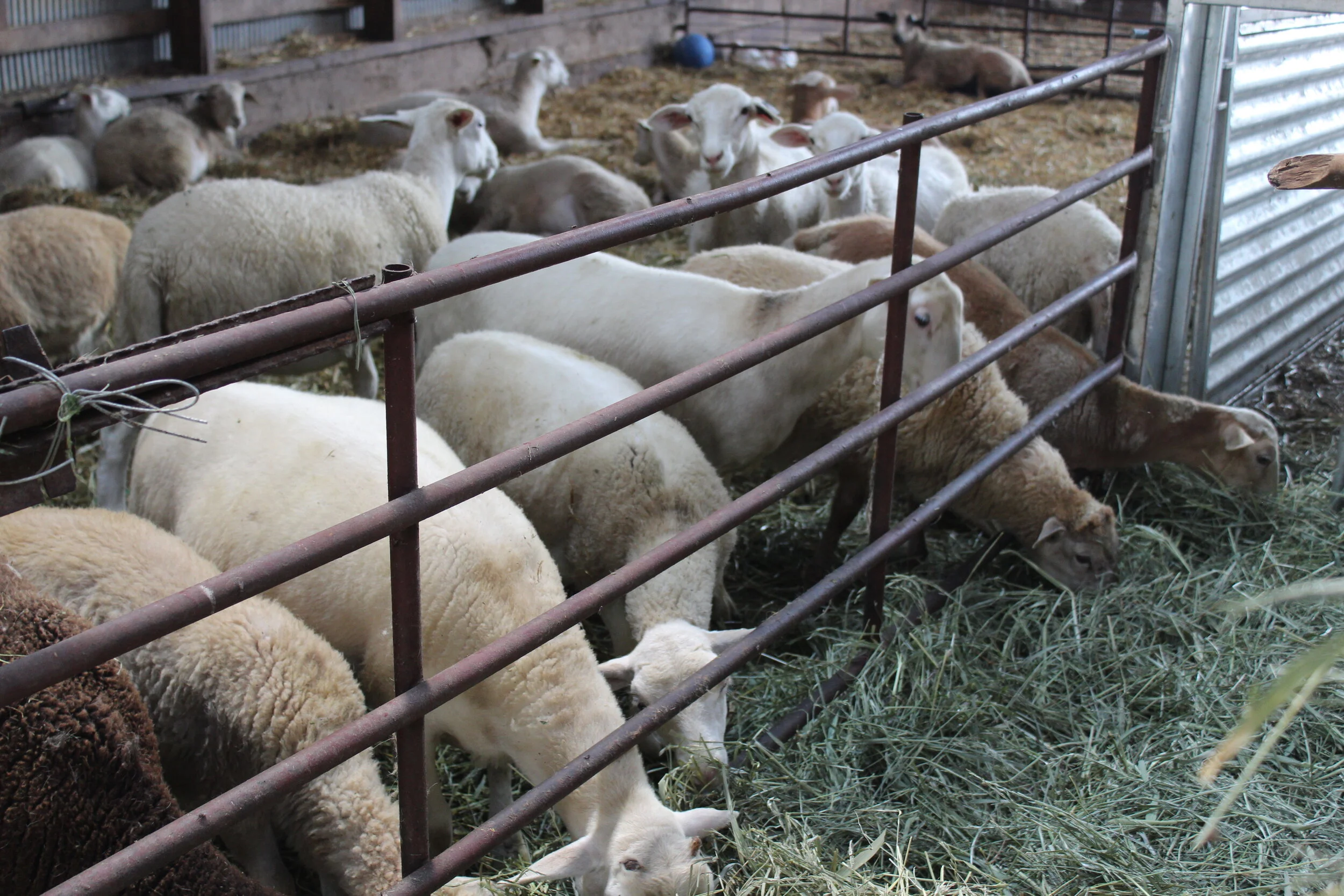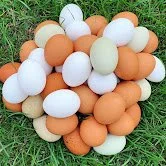The Egg Man and all his chicks....
My Bro, affectionately called “The Egg Man” by his customers, found that raising chickens was anything but, pardon me, “fowl” and was, fact, an “egg-celent” idea!
Granted, Bro and Sis don’t have chickens on the farm anymore, but, at one time, they sold 2,000 broilers (that’s eating birds) and had around 60 laying hens. Those laying hens produced about three dozen eggs a day, depending on the weather. If there was hot weather in the summer or cold weather in the winter, production was affected.
That said, the story of this chicken venture is, well, quite a story.
Now, granted, they don’t have chickens anymore, but at one time, it was quite a business.
Raising chickens wasn’t anything new to this pair. Our family farm was quite diversified in its day. We had dairy cows, hogs and laying hens. Most of the crops went back into this operation for livestock feed. But, when the hatchery in Elbow Lake closed, and with no other local market, the hens were sold.
And so the farm morphed with the times. Instead of a bunch of things, we focused on hogs and, when that market bottomed out, those were sold as well. While Bro continued to raise some crops, he also took a job in town. It was during this time, when he injured his back, that he got an idea while reading a book.
Bro needed recuperation time to heal the back and, while sitting in his favorite chair, he picked up a book by Joel Salatin. Salatin is a guru of the sustainable farming movement who has used sustainable farming methods and marketed his farm products.
My Bro was particularly interested in his broiler operation. Broilers are the meat birds and he chose the Bard Rock breed. Using Salatin’s methods, Bro, along with Sis, built “tractors,” but these tractors bore no resemblance to the John Deere green! These items were only a few feet tall with an open bottom and constructed like a box. While a portion of this structure was solid wood - a part of the roof and the back - the other parts of the frame were covered in chicken wire. The open structure offered good ventilation and sunshine while the covered area offers protection from rain. The open bottom gave the birds their feeding area where they dined on a smorgasbord of grass and bugs.
But the broilers didn’t start out in the tractors. Bro and Sis would get the birds as young birds and start them out in the coop. After a week, the birds were moved to the tractors. Those tractors were moved as often as necessary to ensure the birds had good ground cover. The birds were in the tractors for roughly another four weeks as they grew and developed muscle.
Once they reached a marketable weight, they were processed at an Ashby plant designed to handle smaller flocks of birds from chickens to ducks to geese and turkeys and more.
Their process included vacuum sealing the birds and freezing them. The plant has received state and federal licenses to process the birds and, with the federal licensing, the birds can be sold over state lines.
Bro and sis would sell the birds at farmers market and also had a list of customers wanting the farm-raised birds.
Now Bro is a thinker and he thought of way to bring laying hens back to the farm - but on a smaller scale. A health scare prompted him to end the broiler business and refocus on egg production.
He sold the eggs at the local farmers market during the summer that first year and, because chickens lay year round and his customers wanted them, he would drive to down on what would be the farmers market day and sit at the Soo Line Park in Elbow Lake as customers would come and go over a roughly two to three hour period. Unless it was storming, he would be there with the eggs - even in below zero temps!
His dedication to serving his customers year round, sometimes in in climate weather, prompted a local reporter to write about his egg business and to call him “The Egg Man.”
Bro kept looking at marketing his farm fresh eggs and, when talking to a Minnesota Department of Agriculture food inspector, learned he could sell the eggs to businesses if he took instruction from the inspector and if he would “candle” the eggs.
Candling is a process where the egg is held up to a special light. The light will show imperfections in the egg and whether the egg would be good or not.
Bro sold his eggs to a restaurant and also a local convenience store plus his customers.
It was good.
As he got older and, with arthritis limiting his mobility, Sis took over most of the chores including egg picking. With rising feed costs and the labor needed in maintaining their 60-hen operation, they sold the last of the birds and got out of the egg business.
They miss the fresh eggs and, truth be told, we do too!
I am always on the look out for farm fresh eggs and will be visiting some of those operations in the near future. But I wanted to share the story of my Bro and Sis and their work providing farm fresh goodness. There are others who continue to do that work. And I am on the search and will be reporting on more stories of offering locally grown goods - including eggs - to the public.
But their story was one I wanted to share, because they had an idea. They had a vision. And it really was quite “egg-celent” at that!
Looking for farm fresh eggs and poultry? Check out the possibilities through the Minnesota Department of Agriculture’s Minnesota Grown directory. Or talk to people at your local farmers market…they may know of a local producer…







